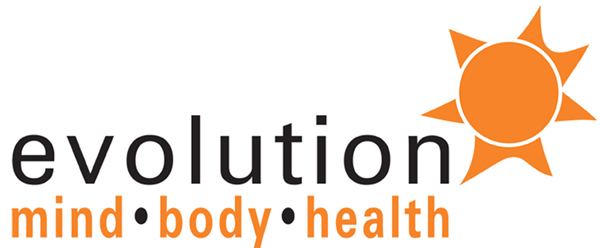How is your ejection fraction?
If you exercise regularly, it is probably normal. If you have been sedentary you may still have time to make a difference and give your heart some love.
First, what is your ejection fraction?
Your ejection fraction refers to the percentage of blood left in your ventricles when your heart contracts. Your left ventricle pumps oxygenated blood to the cells in your body. A normal left ventricle ejection fraction is approximately 55%. Several factors, including regular exercise, affect the heart’s ability to pump blood.
Secondly, why does it matter?
Your heart is like an elastic band. If you exercise regularly you improve the elasticity in your heart muscle. Being sedentary means your heart becomes like an old elastic band that has become stiff and brittle. When it comes to heart health, keeping your heart muscle strong and flexible is critical for health.
As your ejection fraction decreases, you are less able to deliver blood to your muscles as you exercise, which can lead to heart failure. However, regular exercise prevents a decrease in your ejection fraction as long as you begin before age 65.
Exercise can reverse the damage.
New research done by cardiologists at the University of Texas has proven that exercise can reverse the damage of a sedentary lifestyle as long as you start early enough. Before age 65, your heart still has enough plasticity to remodel itself with exercise and the damage can be reversed.
Dr Benjamin Levine, Director of the Institute and Professor of Internal Medicine at UT Southwestern, says,
In a 2 year study, the researchers found a 25% improvement in the elasticity of the left ventricle in the participants who exercised 4-5 days a week for 30 – 60 minutes. The exercise sessions were 2 high-intensity interval sessions, one long 60-minute moderate-intensity endurance session and two strength training sessions.
The control group did yoga and balance training, but they did not see improvements in their heart health.
What else improves your heart health?
Along with exercise, a high-quality plant-based diet is a great way to reduce your risk of heart disease. A high-quality plant-based diet means whole foods, including whole grains, vegetables, fruits, nuts and legumes and eliminating processed foods, animal products, juices and sweetened drinks. In reviewing studies of thousands of people over decades, higher quality and quantity of plant-based foods was associated with a much lower risk of coronary heart disease.

Change your mind, change your health,
Shayla
Eat better, live better and feel better.
Do you want to be your best at any age? Tired of feeling old and tired? You can make healthy changes at any age. It is not too late to put yourself on the "to-do list". Start looking better and feeling better right now.
Sign up to start changing how you feel about your age today!


You must be logged in to post a comment.